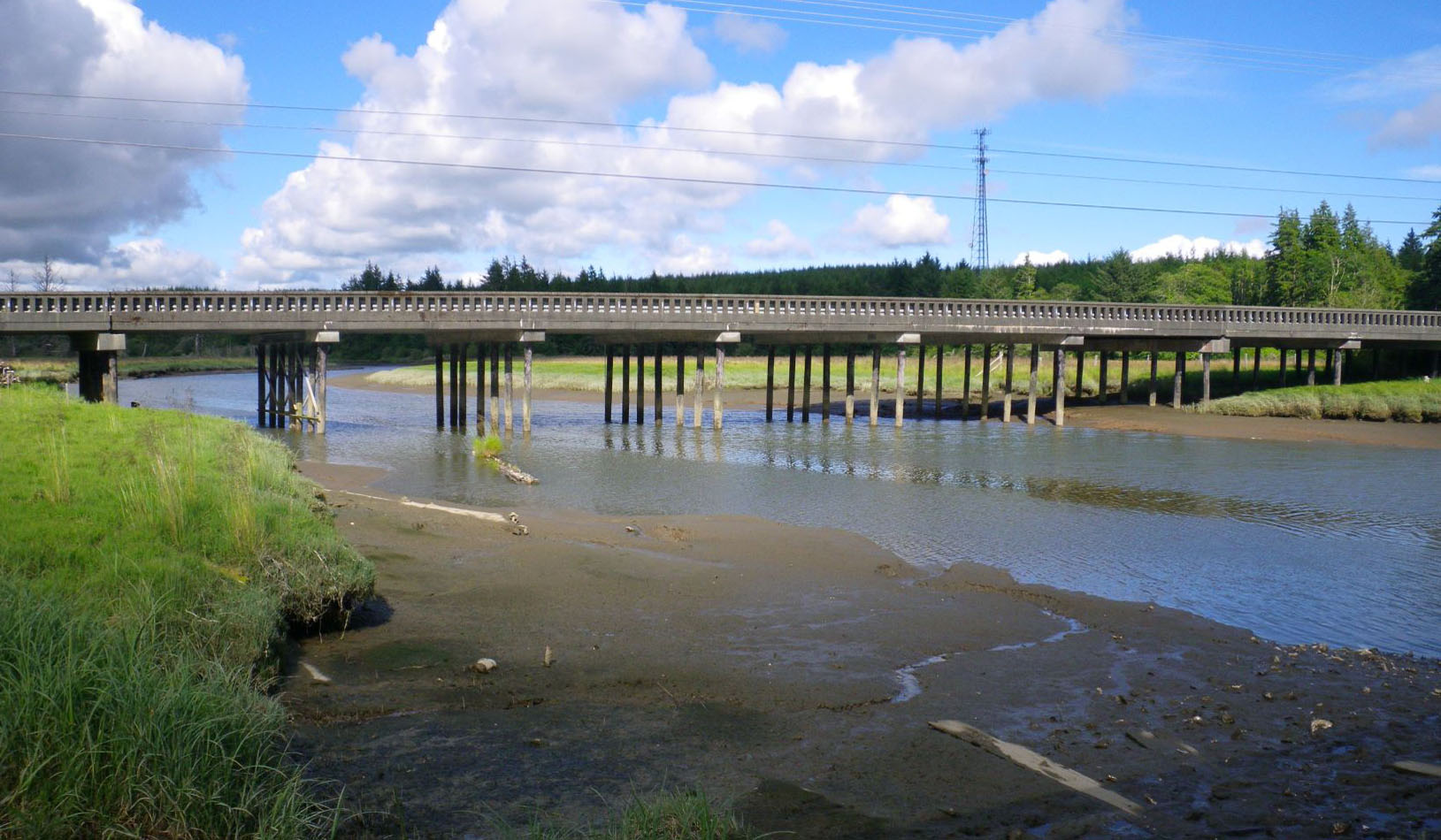The performance of bridges in an earthquake is critical to the mobility of nearly all transportation modes after the event. For that reason, local, state, and federal engineers and emergency managers need reliable estimates of bridge functionality after an event so that they can plan pre-event mitigation, post-event response and mobility, and long-term recovery. The goal of this project was to improve the prediction of the post-earthquake functionality of bridges in Western Washington following a Cascadia Subduction Zone (CSZ) magnitude-9.0 earthquake.
A 2019 Department of Homeland Security (DHS) report that assessed the regional resiliency of Western Washington state to a CSZ earthquake predicted widespread and high levels of bridge damage. This study found that bridge functionality after a CSZ earthquake is likely to be considerably better than anticipated by the 2019 DHS report. Some bridges may require repair, but the researchers concluded that bridges are likely to remain usable for emergency vehicles and post-earthquake response.
The researchers conducted model analyses to provide a more detailed understanding of the likelihood of bridge damage and likely service levels after an earthquake. Bridge response was determined to be limited in the longitudinal direction because of stiffness provided by the bridge abutments and backfill soil. In the transverse direction, shear keys and bearings were found to limit the lateral deformation in columns because of participation of the bridge deck. Most bridges in the WSDOT inventory have shear keys and bearings and therefore were predicted to be in full service following a CSZ earthquake. In addition, WSDOT has been retrofitting older bridge columns with steel jackets since 1991, and this retrofit has been shown to enhance ductility.
The researchers recommended that bridges without shear keys and bearings be prioritized for retrofit. Shorter period bridges near the coast and longer period bridges in locations with sedimentary basins were also identified as being more prone to damage.
These conclusions were reached by using several new datasets, analysis of representative bridges, and an approach formulated to assign a given bridge to a representative analysis. The Washington State Department of Transportation (WSDOT) bridge database was expanded to include site class, the properties of abutments and foundations, and additional bridges. Bridge properties in the database were used to define the parameters for a parametric study on Western Washington bridges subjected to magnitude 9.0 CSZ ground motions. Detailed multi-degree-of-freedom bridge models were developed with OpenSees. Models were formulated for a suite of representative bridges and were used to conduct nonlinear time history analyses for synthetic ground motions that had been generated in previous studies.
The results of this project could be used in subsequent research to consider post-earthquake route demands and capacities to formally assess network mobility. The methodologies developed in this research could also be applied to other locations susceptible to strong shaking from a CSZ earthquake, such as Oregon, Northern California, Alaska, and British Columbia.
Authors:
Christopher J. Motter
Adam R. Phillips
Civil and Environmental Engineer, WSU
Marc Eberhard
Jeffrey Berman
Brett Maurer
Civil and Environmental Engineering, UW
Sponsors:
PacTrans
WSDOT

